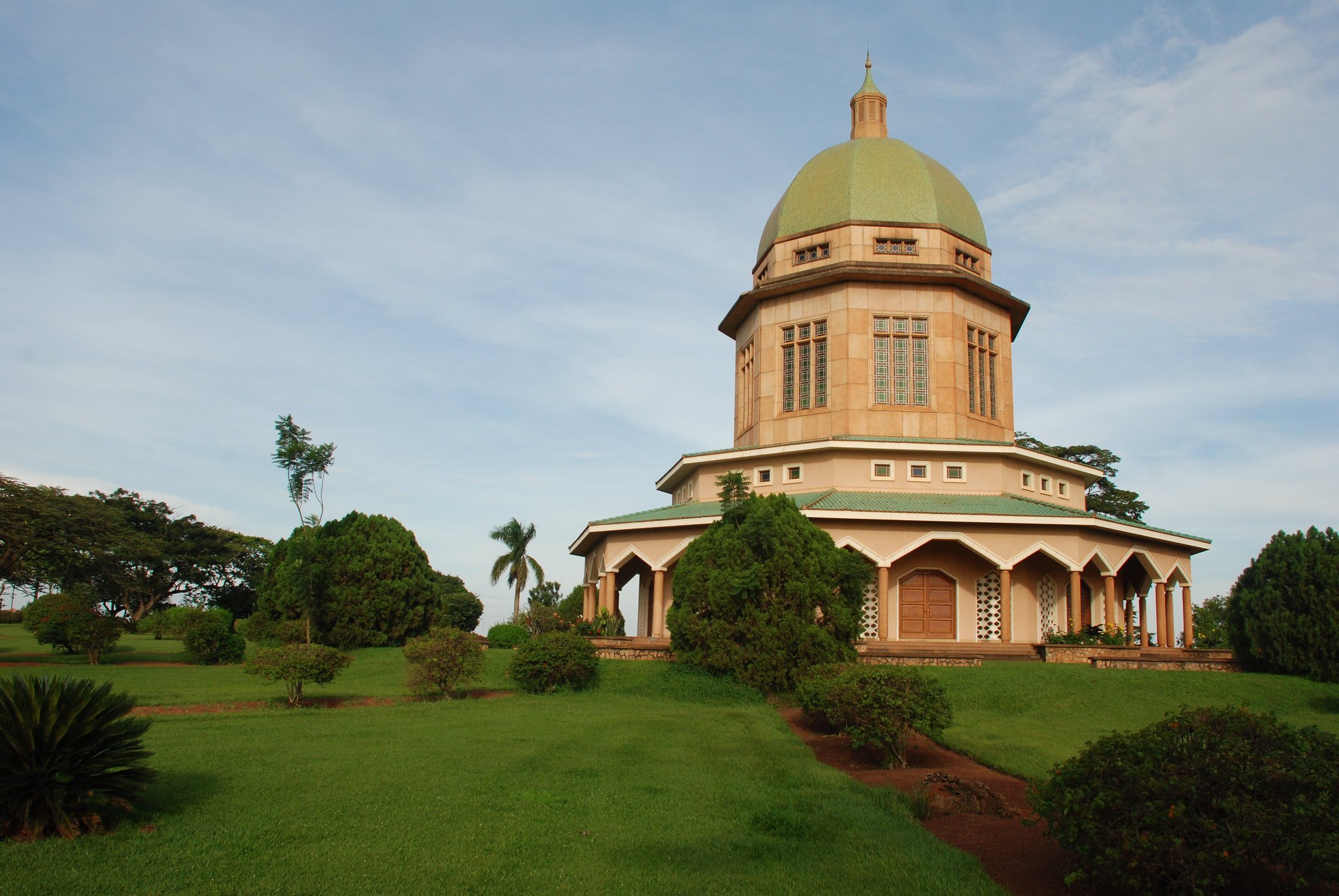History
Kampala
Kampala – Uganda’s Capital City
Overview:
Kampala, the bustling capital of Uganda, is a vibrant and diverse city known for its blend of traditional African culture, colonial history, and modern development. Located on the northern shores of Lake Victoria, Kampala is the political, economic, and cultural heart of Uganda. Its lively markets, historical sites, cultural centers, and a growing food and nightlife scene make it a dynamic destination for both local and international visitors.
Touristic Highlights and Activities:
Historical and Cultural Sites:
- Kasubi Tombs: A UNESCO World Heritage site, these royal tombs are the burial grounds of Buganda kings, offering insights into Uganda’s rich cultural heritage.
- Uganda Museum: This museum showcases Uganda’s history, ethnography, and natural history, with exhibits on traditional artifacts, music, and early archaeological finds.
- Kabaka’s Palace and Bulange (Parliament Building): Visit the residence of the Buganda king and the parliament building of Buganda, where guides explain the kingdom’s history and customs.
- Namirembe and Rubaga Cathedrals: Iconic landmarks in Kampala, these cathedrals offer stunning architecture and historical significance.
Religious Landmarks:
- Gaddafi National Mosque: This prominent mosque on Kampala Hill offers a viewing tower with panoramic views of the city and a glimpse into Uganda’s Islamic culture.
- Bahá’í Temple: The only Bahá’í Temple in Africa, it sits atop a hill surrounded by tranquil gardens, ideal for peaceful walks and reflection.
Local Markets and Craft Shopping:
- Owino Market (St. Balikuddembe Market): A bustling, traditional market where visitors can experience the vibrancy of Kampala’s street life, buy local produce, clothing, and more.
- Nakasero Market: Known for fresh produce and vibrant stalls, it’s a great place to shop for fruits, spices, and local delicacies.
- Craft Villages: Kampala has several craft markets where visitors can purchase Ugandan handicrafts, including beaded jewelry, woven baskets, and wood carvings.
Urban Parks and Leisure Spots:
- Independence Monument and Freedom Square: These landmarks celebrate Uganda’s independence and are located in the heart of Kampala.
- Lake Victoria Waterfronts: Several locations along Lake Victoria, like Munyonyo, offer lakeside dining, boat rides, and fishing, providing a quick escape from the city’s bustle.
Food and Nightlife:
- Dining and Local Cuisine: Kampala has a diverse food scene, from local Ugandan dishes to international cuisine, with popular dishes like Luwombo, Rolex (rolled chapati with eggs), and nyama choma (roasted meat).
- Nightlife: Kampala is known for its vibrant nightlife, with lively bars, clubs, and live music venues, particularly in areas like Kabalagala and Kololo.
Best Time to Visit:
Kampala can be visited year-round due to its mild climate. However, the dry seasons (December-February and June-August) offer the most comfortable weather for exploring the city and nearby attractions.


Geography
Bahai Temple
Bahá’í Temple – Kampala, Uganda
Overview:
The Bahá’í Temple in Kampala, also known as the Mother Temple of Africa, is the only Bahá’í House of Worship on the continent. Completed in 1961, this beautiful architectural landmark is located on Kikaya Hill, approximately 7 kilometers from the city center. The temple serves as a spiritual center for the Bahá’í community and is a place of worship, reflection, and fellowship for people of all faiths.
Architectural Features:
- Unique Design: The temple is renowned for its stunning nine-sided structure, which symbolizes the unity of all religions. Its design incorporates elements of modern architecture and traditional African motifs.
- Lush Gardens: The temple is surrounded by beautifully landscaped gardens that enhance its serene atmosphere. Visitors can stroll through the gardens, which feature fountains, pathways, and various native plant species.
Touristic Highlights and Activities:
- Spiritual Reflection and Prayer: The temple provides a peaceful environment for meditation, prayer, and spiritual reflection, welcoming individuals from all backgrounds to experience its tranquility.
- Educational Programs: The Bahá’í community often hosts educational programs and discussions on themes such as peace, unity, and the principles of the Bahá’í Faith, which promotes the oneness of humanity.
- Cultural Events and Gatherings: The temple hosts various cultural and interfaith events throughout the year, promoting dialogue and understanding among different religious groups.
- Panoramic Views: Located on a hill, the temple offers stunning panoramic views of Kampala and Lake Victoria, making it a great spot for photography and enjoying the surrounding landscape.
Visitor Information:
- Entry: Admission to the temple and its gardens is free, making it accessible for everyone.
- Hours: The temple is open to visitors from 9:00 AM to 5:00 PM daily, except for special Bahá’í holy days.
- Guided Tours: Guided tours are available, providing insights into the history, beliefs, and architectural significance of the temple.
Best Time to Visit:
The Bahá’í Temple can be visited year-round. However, the dry seasons (December-February and June-August) are ideal for exploring the gardens and enjoying the views without the interruption of rain.
